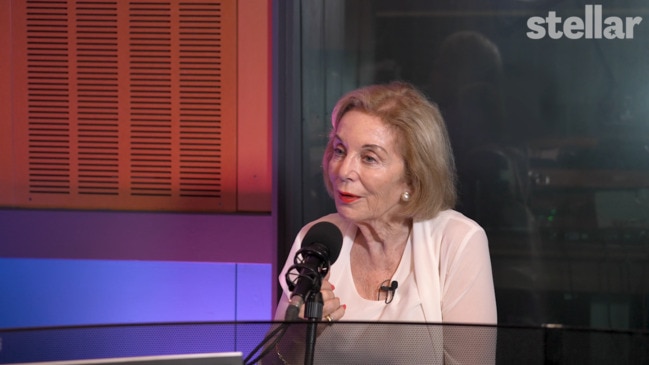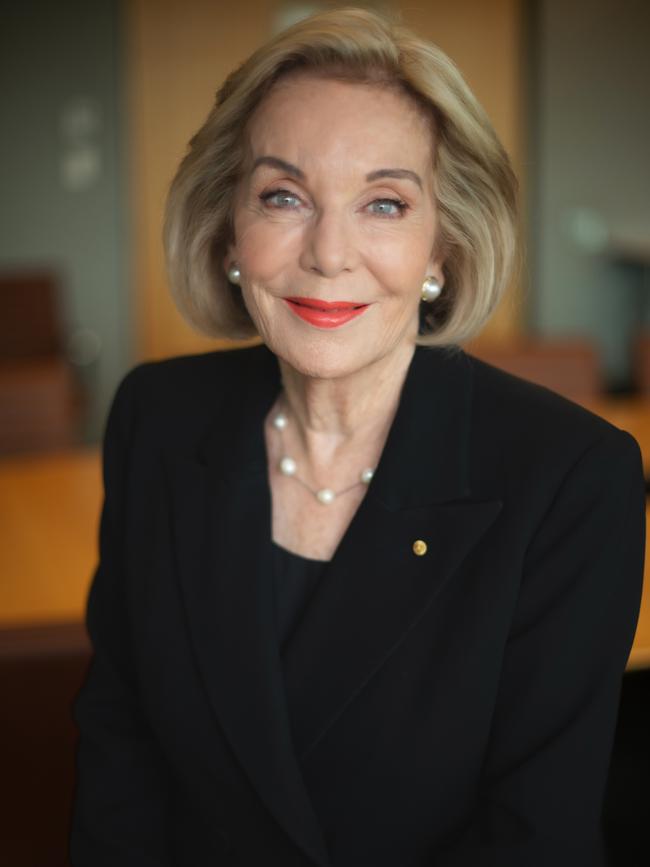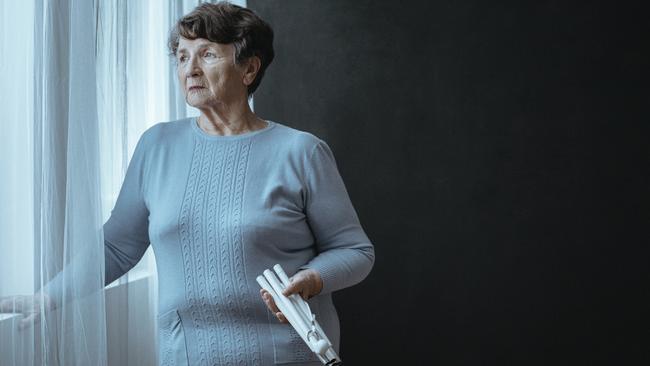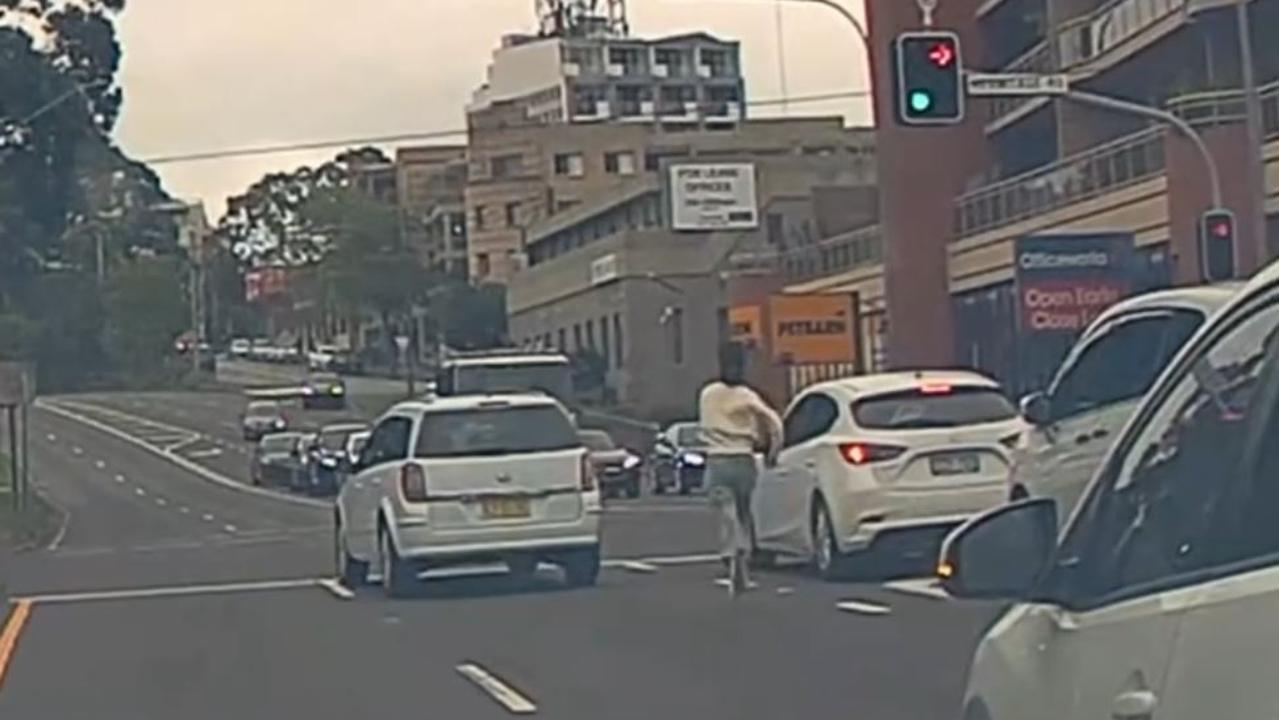Ita Buttrose opinion: What kind of country lets its older citizens go blind?
Vulnerable age pensioners who require sight-saving eye injection treatment are going blind because they simply cannot afford treatment, writes Ita Buttrose.

National
Don't miss out on the headlines from National. Followed categories will be added to My News.
It is estimated that 1.9 million Australians live with some form of macular disease, the leading cause of blindness and vision loss.
I’ve been Patron of Macular Disease Foundation for 18 years and while we have made great inroads in raising awareness and early detection, as well as being a catalyst for groundbreaking research, older Australians, specifically vulnerable age pensioners who require sight-saving eye injection treatment, are going blind because they simply cannot afford treatment.
Australia has an enviable health care system. When anti-VEGF eye injection treatment became available to people diagnosed with neovascular age-related macular degeneration, or wet AMD, in 2007, the implementation of this sight-saving treatment was a major breakthrough.
Thousands of Australians retain their vision today, including my 100-year-old uncle Gerald, because of it, but people living on age pensions, are falling through the gaps because of significant and ongoing out-of-pocket treatment costs.

Access to sight-saving treatment is a postcode lottery. Eye injections are primarily delivered in private ophthalmology clinics in Australia, and only a minority of treatments are bulk billed, with around 10 per cent of injections performed in public outpatient clinics.
Only a few metropolitan and larger regional public hospitals provide bulk-billed eye injection treatment which means that many people who require eye injections have no choice but to receive their treatments in the clinics of private ophthalmologists.
They often have to pay out-of-pocket costs for each eye injection visit.
A person living on an age pension receives approximately $29,000 annually. If they require eye injections, their out-of-pocket expenses will be around $1900 each year for one eye and double this amount if they have wet AMD in both eyes.

That’s up to 13 per cent of their total income dedicated to keeping their vision, independence, health and mental wellbeing.
Coupled with the current cost-of-living expenses, it is becoming more difficult for older Australians to maintain treatment when they must choose between food on the table or treatment to save their sight.
There is a solution that Government and the eyecare health system can work towards.
Australia’s older citizens need to receive greater access to sight-saving injections in public hospital clinics, as well as bulking billing options for age-care pensioners in private clinics.
Bulk billing needs to be at the heart of our medical system and extend beyond general practice.
We need to extend access to affordable treatment, so that older Australians don’t go blind. The current situation is unacceptable.
Ita Buttrose, AC, OBE is patron of Macular Disease Foundation Australia (MDFA).
More Coverage
Originally published as Ita Buttrose opinion: What kind of country lets its older citizens go blind?




